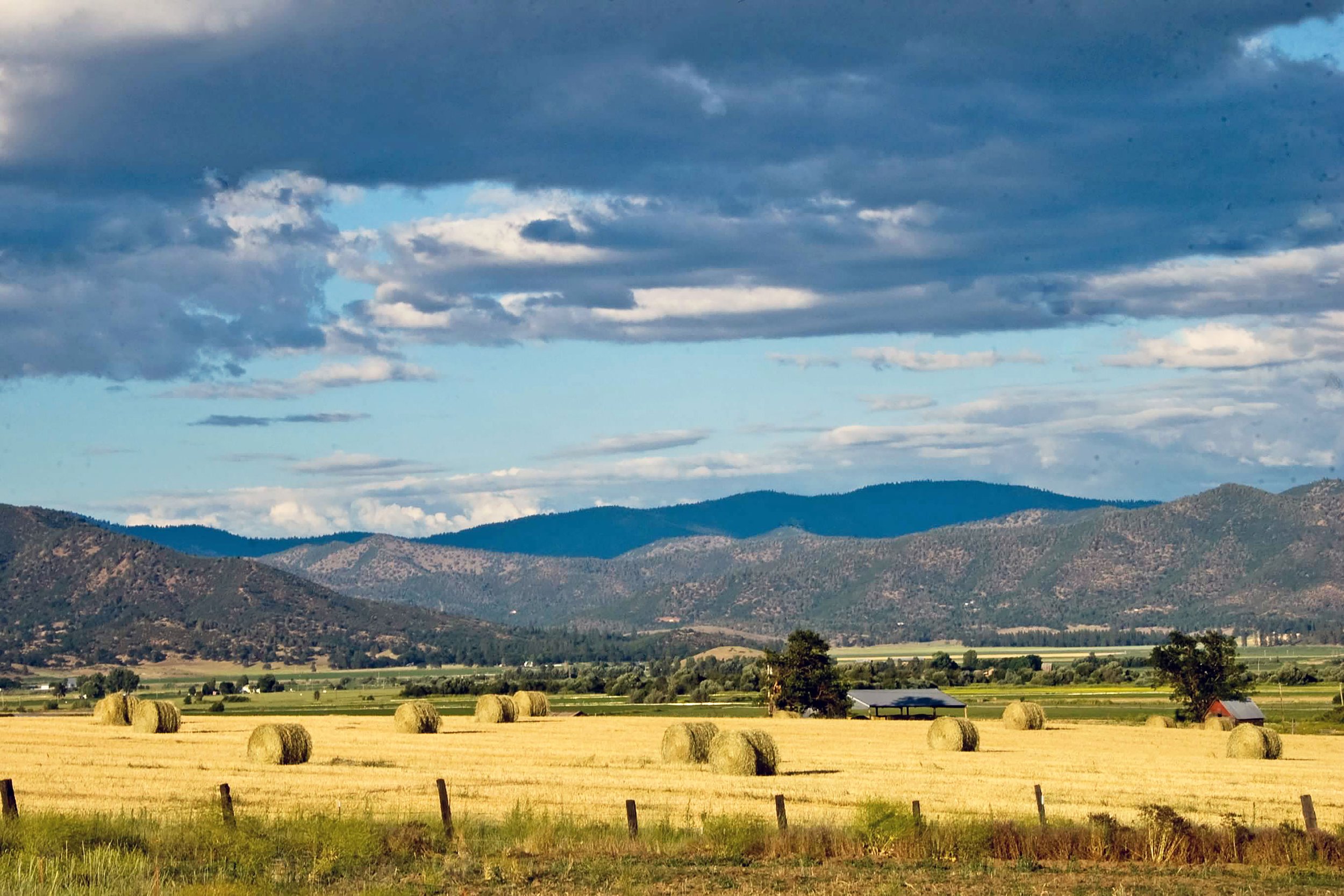
The Scott Valley Agriculture Water Alliance serves as a voice to combat the myths that are driving the state’s severe water regulations in our valley.
Five myths are driving the state’s unprecedented new curtailments.
-
Fact: Coho in the Scott River have been gaining in numbers for the past two decades, and even more so in the last 10 years. 2018 and 2020 showed excellent coho returns. Spring of 2022 saw near-recordbreaking outmigration. This is true even though the last decade has been characterized by dry years. The river has not met the state’s new minimum flow requirements in 10 out of the past 12 summers. Yet coho broods that were considered weak in 2008 and 2009 are now increasing significantly.
With Scott River coho populations now resembling those from the 1960s, the California Department of Fish and Wildlife (CDFW) acknowledges we have the largest coho population in the Klamath River system, and one of the largest natural populations in the state. CDFW representatives have stated that coho populations have benefited from local restoration efforts (such as the local Resource Conservation District working with farmers and ranchers to install fish screens on every diversion in Scott Valley). But instead of getting thanked for their efforts and sacrifices, Scott Valley farmers and ranchers are now being punished.
Click here to read AgWA’s full white-paper regarding coho population trends and lifecycle needs.
-
Fact: The State Water Board has not shown that the flow objectives can be met, even with 100% irrigation curtailments. In reality, the Scott River hasn’t met the state’s new summer flow requirements in 10 out of the past 12 years. We’re in a drought cycle, and we’ve had them before: 1924 and 1955 were also years where the river disconnected—long before groundwater pumping became prevalent in Scott Valley. The Scott is a snow-melt dependent stream, and snow has been scarce in recent years.
The good news? Our coho salmon spawning returns have continued improving for each brood year, with 2021 one of the highest on record. And, according to UC Davis hydrologists, our aquifer is not over-drafted, and is stable.
-
Fact: How is it possible that Scott River coho have been doing so well in recent years, when the river has been so low? The reason is that coho don’t occupy the main stem of the river in mid-summer. Coho migrate with spikes in flows (usually in fall and spring), a fact that is well-documented in CDFW’s annual Scott River Salmon Studies. Coho are tributary spawners, not mainstem spawners if they can help it, and have a large spawning window (November to early January). During these fall spike flows (brought on by precipitation and hard freezes that make plants drink less), they migrate through the mainstem of the river on their way to cold water tributaries. In March-June, when the river spikes again due to snowmelt and spring rains, juveniles out-migrate. By summer, coho have either out-migrated or, in the case of “age zero” juveniles, are inhabiting the cooler tributaries. The moral: fish don’t need the summer minimum flows required by the state—yet those requirements do unfathomable harm to farmers and ranchers by turning off their pumps during Scott Valley’s relatively short growing season.
Click here to read AgWA’s full white-paper regarding coho population trends and lifecycle needs.
-
The State Water Board’s severe curtailments of groundwater use seem to be based on the assumption that the aquifer is suffering in Scott Valley. But the data show otherwise. “Historic and recent water level data do not indicate overdraft or long-term declines in groundwater data,” reads a Groundwater Sustainability Plan (GSP) for Scott Valley. The GSP, which is pending final approval by the state, was developed with the help of a team of hydrologists led by Dr. Thomas Harter of UC Davis. Central to the GSP is the Scott Valley Integrated Hydrologic Model, designed by Dr. Harter’s team over the past decade to improve our understanding the connection between groundwater and surface water in the valley. According to the GSP, long-term data (1965 to 2020) collected from six different wells in Scott Valley show that groundwater levels have remained relatively consistent. Furthermore, the GSP states, data collected on 35 wells between 2006 and 2018 show “no significant long-term trend in water levels.” In order to ensure aquifer draw-down doesn’t become a problem in the future, the GSP proposes water storage projects such as groundwater recharge during the winter months—something that would benefit all water uses while avoiding the economic hardships posed by the State Water Board’s curtailments.
-
Fact: Scott Valley’s farmers and ranchers are multi-generational, family-owned-and-operated businesses, with few exceptions. Large corporations don’t own our ground. We don’t have hired farm managers. Our families own the land. We live, work and raise our families here because we love it. The average farm size in Scott Valley is under 1,100 acres—which may sound big, but given our main crops, alfalfa hay and cattle, it’s not. And it’s not an easy way to make a living: the average farm income in Siskiyou County is $53,000—which means many of our families have to supplement their income with jobs in town. But farming and ranching is our heritage and culture. Most of the businesses in our small valley, population ~7,000, rely on agriculture to stay in business.
If the State Water Board’s flow standards remain in place, family farms and ranches will not be able to bear the cost. If agriculture is able to continue, it would have to be under ownership of large corporate farms, which could possibly absorb the cost. But the most likely result of the Board’s new regulations would be the end of Scott Valley agriculture altogether. What will replace agriculture? Could be subdivisions (which also use water). Could be drought-loving invasive species of plants. Could be a dust bowl.